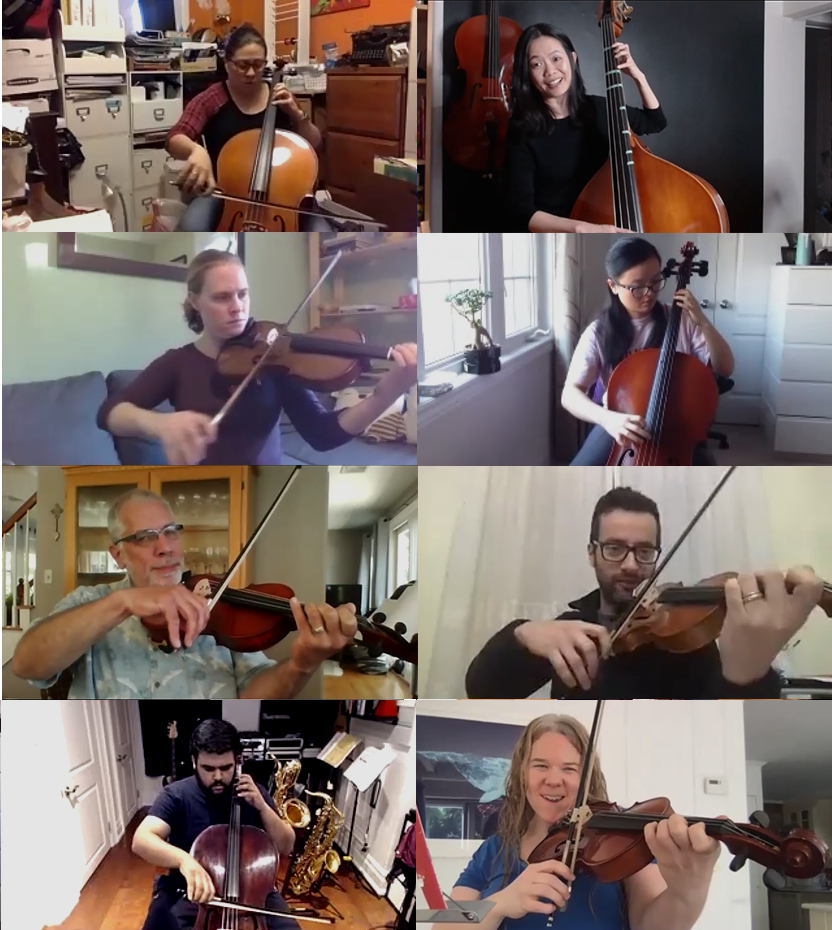…
Here’s another post on the theme of correcting technique, something I’m sure most of us regularly struggle with in the classroom.
Correcting technique is such a big part of our jobs as string teachers, and that’s why it’s also an essential part of my teacher training.
Today, I want to focus on some of the ways to get students to correct their technique that don’t work and the reasons why.
Here are three things I used to do. (Well, to be honest, I still find myself doing them despite the fact that they don’t work, ha, ha!)
1. Throwing out random reminders.
I think we’re all guilty of this. We see something wrong as the students are playing and throw out random reminders as we are conducting.
The results of doing this of course, is hit or miss. Mostly miss. A student may be able to correct the problem on the spot but, moments later, they will just fall back into their old habit.
Why does this happen?
Well, because there is too much for the students to concentrate on. They are concentrating on their notes, keeping their bow on the string, preparing for a shift, watching you, and/or a whole host of other different things.
This means that Autopilot, as you learned in the first post, is just going to take over anyway.
So, throwing out random reminders might make you feel better for a little while, but frustrated in the long run. It doesn’t lead to long-term results.
2. Spending too much time describing what they did wrong.
We’re always tempted to tell students what they did wrong, and some of us go on and on about it for longer than we should.
But bringing students’ attention to what they did wrong works against us in three ways.
First, as you learned in the last post, bringing too much attention to what is wrong makes students visualize what you don’t want. You want to spend more time getting them to visualize what to do right.
Second, spending too much time describing what they did wrong therefore wastes time and is counter-productive.
Third, being told what you are doing wrong can be deflating to students. It also sets up the impression that the class is not doing well, or that playing correctly is difficult.
So remember to focus their attention more on correct rather than incorrect technique.
3. Nagging
Yes, we nag. I’ve nagged. And nagged. And nagged. But nagging doesn’t work for parenting, and it doesn’t work for teaching either.
If you find yourself giving the same reminders over and over again, students will eventually just tune you out.
If you find yourself giving the same reminders over and over again, it’s obviously not working.
If you find yourself giving the same reminders over and over again, then it’s time to stop wasting your energy and let that problem go for now until you find a better solution.
What is that better solution? Wait for the next post!
Let me know if this post helps you – hearing from you keeps me doing what I’m doing. Also, let me know if you want me to share more tips like this!
Have you joined Smart String Teacher yet? Subscribe to be notified of more tips, free classes, drop-in clinics, resources, courses and more!




Leave a Reply